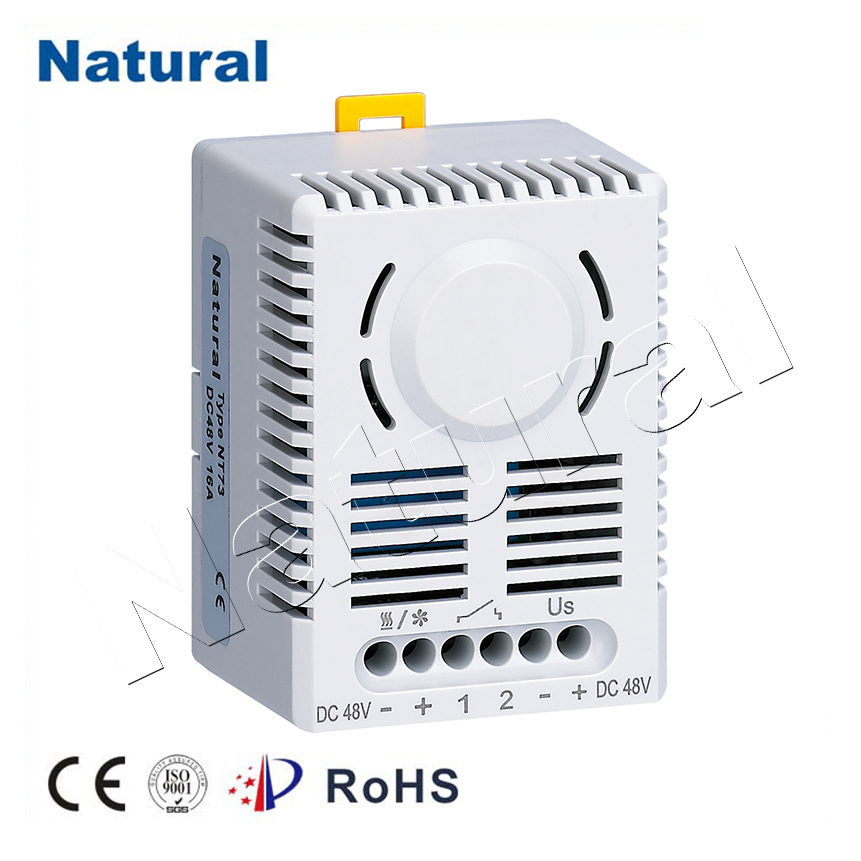Thermostat switches have come a long way since their inception, revolutionizing the way we control and manage temperature in our homes and workplaces. These unassuming devices have played a crucial role in improving energy efficiency, comfort, and convenience. In this article, we will delve into the evolution of thermostat switches, exploring their history, types, and the exciting advancements that have made them an integral part of modern life.

A Brief History The concept of regulating indoor temperature has been around for centuries, with early methods ranging from manually adjusting windows and fireplace dampers to more primitive thermostats. It wasn’t until the late 19th century that the first automatic thermostat was developed by Warren S. Johnson, laying the foundation for modern thermostat switches. Traditional Thermostats Traditional thermostat switches, also known as mechanical or non-programmable thermostats, became popular in the mid-20th century. These devices typically consist of a bimetallic coil that expands and contracts with temperature changes, causing a switch to open or close. When the temperature rises above a set point, the thermostat activates the cooling system, and when it falls below the set point, it triggers the heating system. While effective, these thermostats had limited functionality and required manual adjustments. Programmable Thermostats The next major advancement in thermostat technology came with programmable thermostats in the late 20th century. These devices allowed users to set specific temperature schedules, enabling energy savings during periods of inactivity or when occupants were away from home. This was a significant step towards greater energy efficiency and reduced utility bills. The Smart Thermostat Revolution The dawn of the 21st century brought about the era of smart thermostats. These innovative devices have completely transformed how we interact with temperature control. Equipped with Wi-Fi connectivity, sensors, and advanced algorithms, smart thermostats offer unparalleled convenience and efficiency. Smart thermostats can be controlled remotely through smartphone apps, allowing users to adjust settings even when they are away from home. They also have learning capabilities, adapting to users’ preferences and optimizing heating and cooling cycles for maximum comfort and energy savings. In addition, many smart thermostats integrate with other smart home devices, creating a cohesive and automated ecosystem. Environmental Impact The adoption of smart thermostats has had a positive impact on the environment. Their energy-saving features, including occupancy detection, weather forecasting, and adaptive algorithms, have helped reduce carbon footprints by minimizing unnecessary energy consumption. Some smart thermostats even provide energy usage reports, enabling homeowners to track and improve their energy efficiency further. Challenges and Future Trends While smart thermostats have revolutionized temperature control, they are not without challenges. Concerns about data privacy and cybersecurity have arisen due to their connectivity features. Additionally, the initial cost of smart thermostats can be higher than traditional options, although the long-term energy savings often outweigh this investment. Looking to the future, the evolution of thermostat switches is likely to continue. We can expect further integration with renewable energy sources, such as solar panels, and enhanced compatibility with electric vehicles for a holistic approach to energy management. Artificial intelligence and machine learning will continue to play a crucial role in optimizing heating and cooling systems. In conclusion, thermostat switches have come a long way from their humble beginnings as basic temperature regulators. The transition from mechanical thermostats to programmable and smart thermostats has revolutionized how we control temperature, making our lives more comfortable and energy-efficient. As technology continues to advance, thermostat switches will remain at the forefront of the effort to reduce energy consumption and combat climate change.